“After two weeks, my tone remained the same as it was in the first minute of restringing”: I tried Cleartone treated electric guitar strings for the first time – and the results impressed me
Cleartone's treated strings aim to offer more volume and sustain than traditional premium strings – but can they sway Guitar World's Pete Emery?
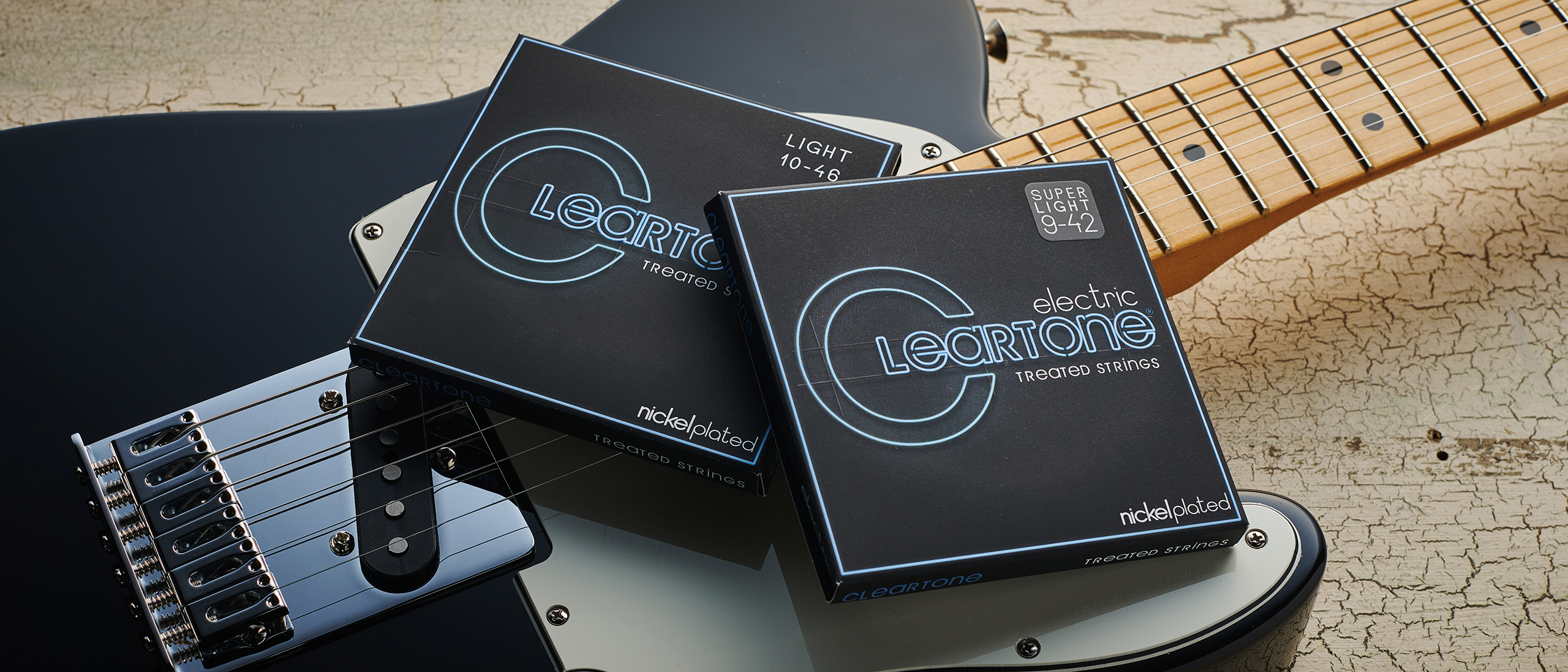
What are they?
One of the things that makes the guitar such an interesting instrument to play and write about is the amount of personal preference around how a person approaches it. The variety here is always good fun to discuss in sometimes overly passionate debates, with guitar strings and their gauge, type, and brand, often being a sometimes overlooked source of guitar-geekery (a phrase I use with utmost respect).
Strings are a vital part of how a guitar can feel to play, as well as sound, but are also one of the most accessible ways to make a change. There are plenty of brands to fuel discussions about the best electric guitar strings for your needs, Cleartone being one with some interesting strings in its arsenal.
Launched in 2008 and founded by musician Phil Everly of The Everly Brothers fame, Cleartone’s strings are “100% made in the USA” and are noted as ‘treated’. My usual strings are an uncoated set, so having never tried treated strings before, and with Cleartone claiming benefits of protection against “sweat, dirt, and humidity”, I was intrigued and set them loose on my PJD Carey and see what they are all about.
Road Testing
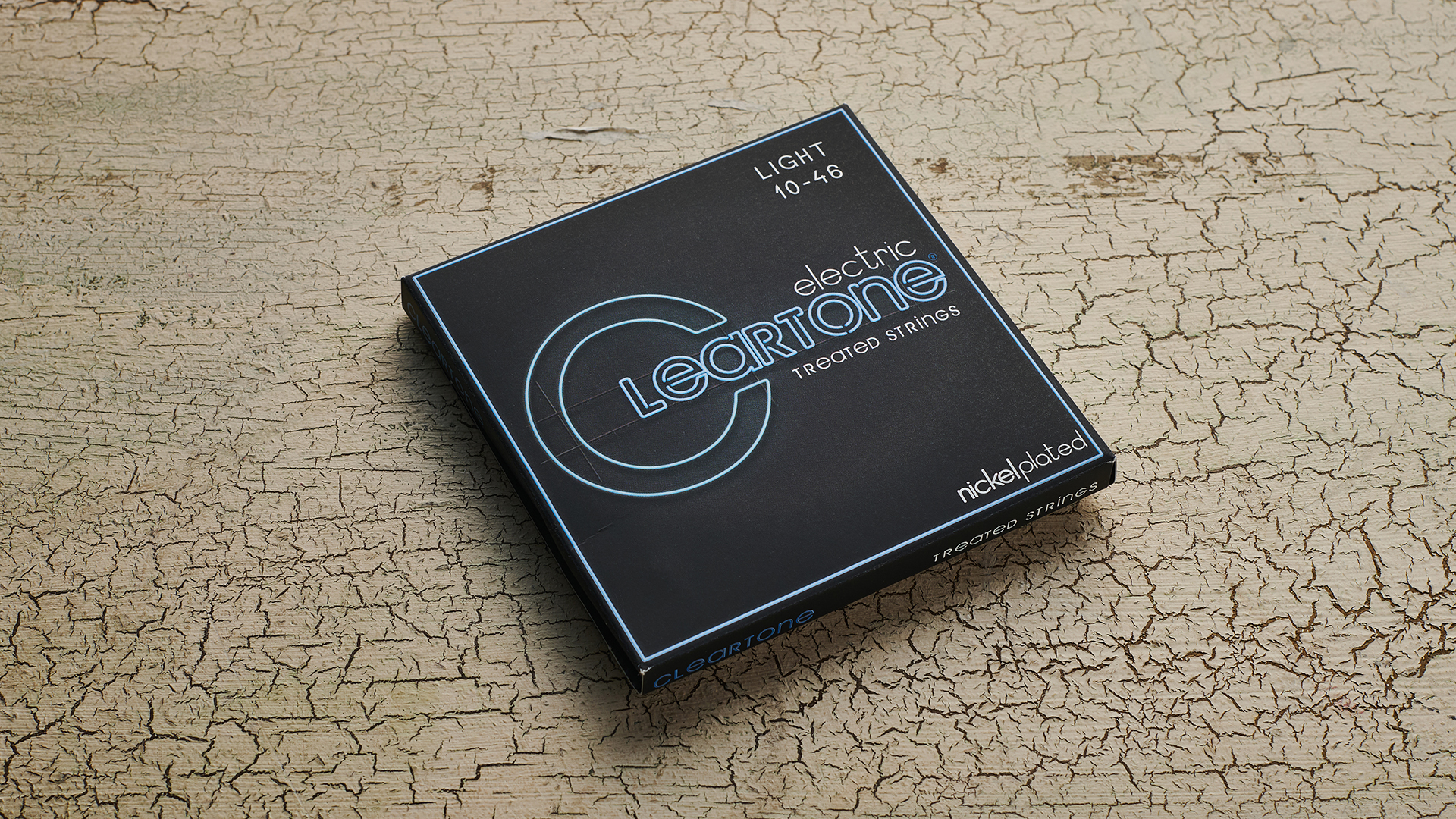
After two weeks, the tone has remained pretty much as it was in the first minute of restringing
Interestingly, the first thing I notice upon restringing the guitar with a set of Light 10-46 treated Cleartone strings is a lack of that new string ‘snap’. This is a sound that usually dissipates within a day or two of playing, so I am a little concerned that these strings may sound a bit dull once they are played in and lose some of that high-end brightness.
Alas, after spending quality playing time with them I can happily report that this is not the case. At the point of writing, the strings have been on the guitar for two weeks and have been tasked with a fair bit of riff writing for Guitar World demos, general playing, and practicing.
The tone has remained pretty much as it was in the first minute of restringing, so they may not have that new string sound of some untreated strings to my ears, but the payoff is that they don’t seem to degrade to sounding duller as quickly as some other strings I’ve tried.
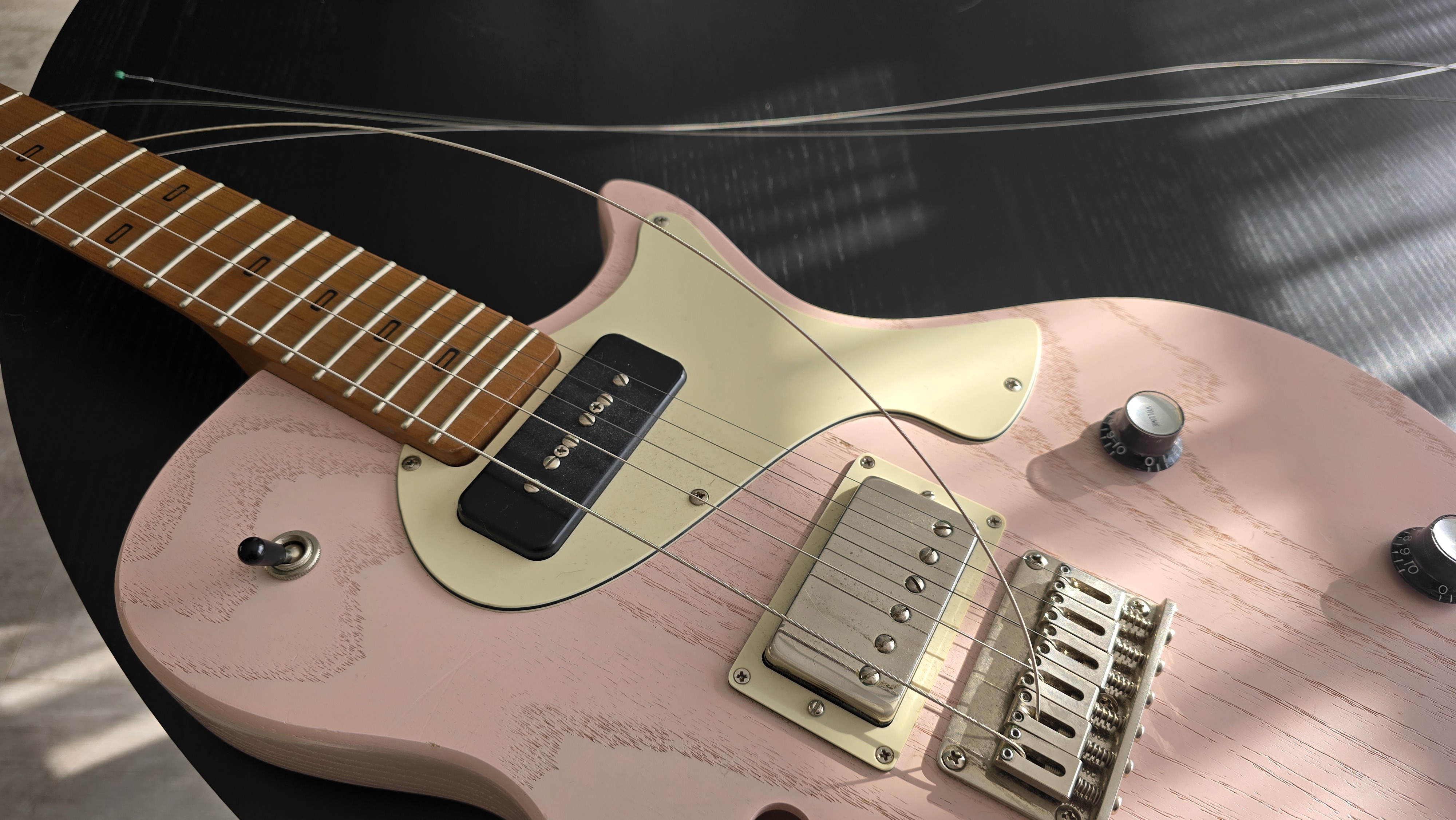
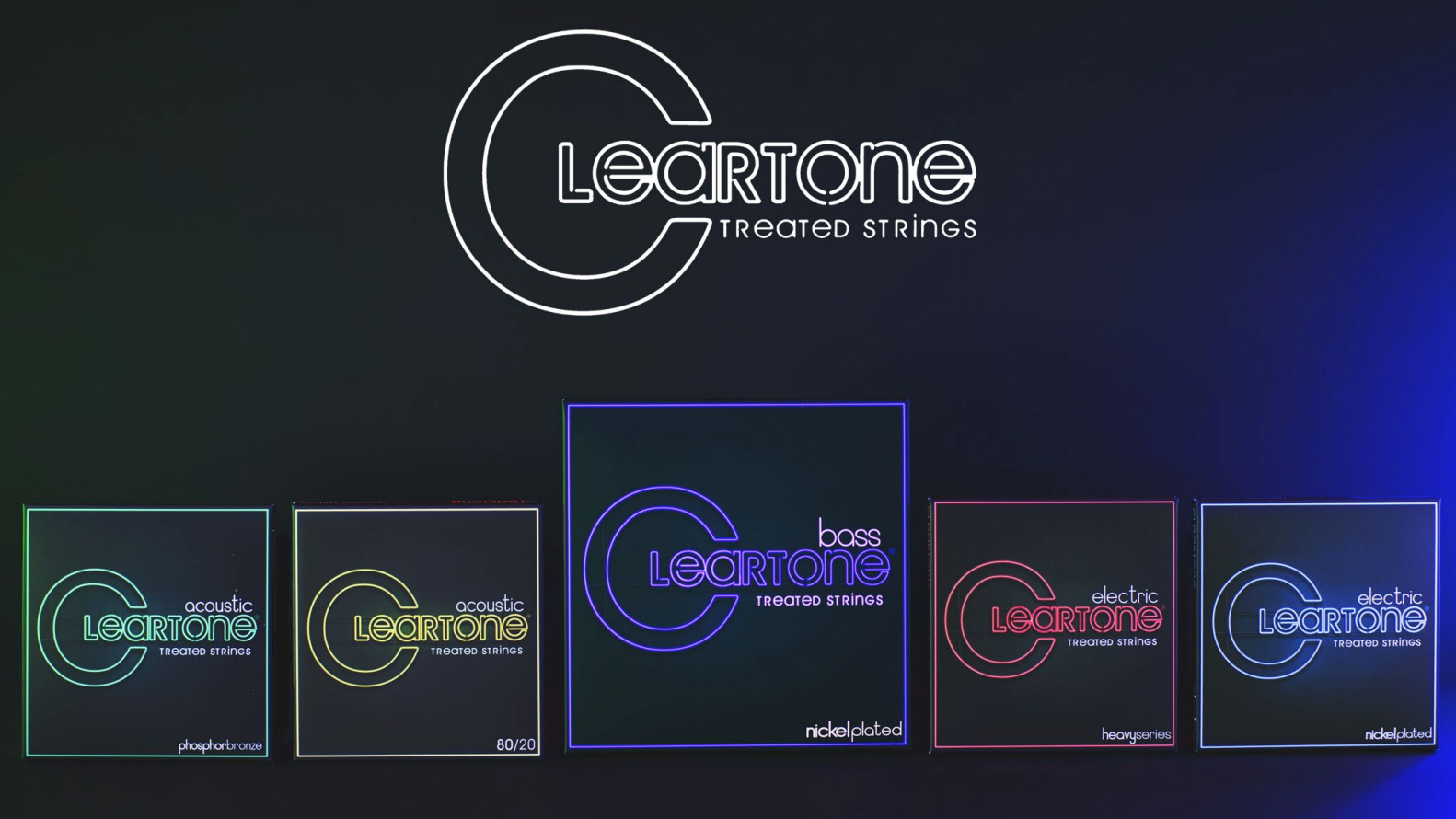
Cleartone strings are available in the following sets: Super Light 9-42, Hybrid 9-46, Light 10-46, Light Top/Heavy Bottom 10-52 and Medium 11-48.
Heavy electric, bass, acoustic and nylon series are also available.
Check out Cleartone Strings for more info
This seems to be evidence that the "micron-thin, multi-patented treatment"’ of these strings is doing its job, but what about the feel? Particularly coming from uncoated strings to this ‘treated’ set, I am surprised that I don’t notice any discernible difference in feel between the two. It certainly gives weight to Cleartone's "no-feel coating" claim that could appeal to players previously put off by the texture of some coated strings they've tried before.
All the latest guitar news, interviews, lessons, reviews, deals and more, direct to your inbox!
As the point of contact between the music in our minds and the guitar, any small differences under our fingertips have the potential to be highly consequential, so the lack of change here is only a good thing.
The overall tone compared to my usual set is slightly more mellow. This is not a criticism in any way, but noticeable as a point of reference. When it comes to premium strings, these differences are subtle and mostly down to preference, so as long as you have strings from a reputable brand, it’s a case of experimenting and finding out what you prefer.
Final Thoughts
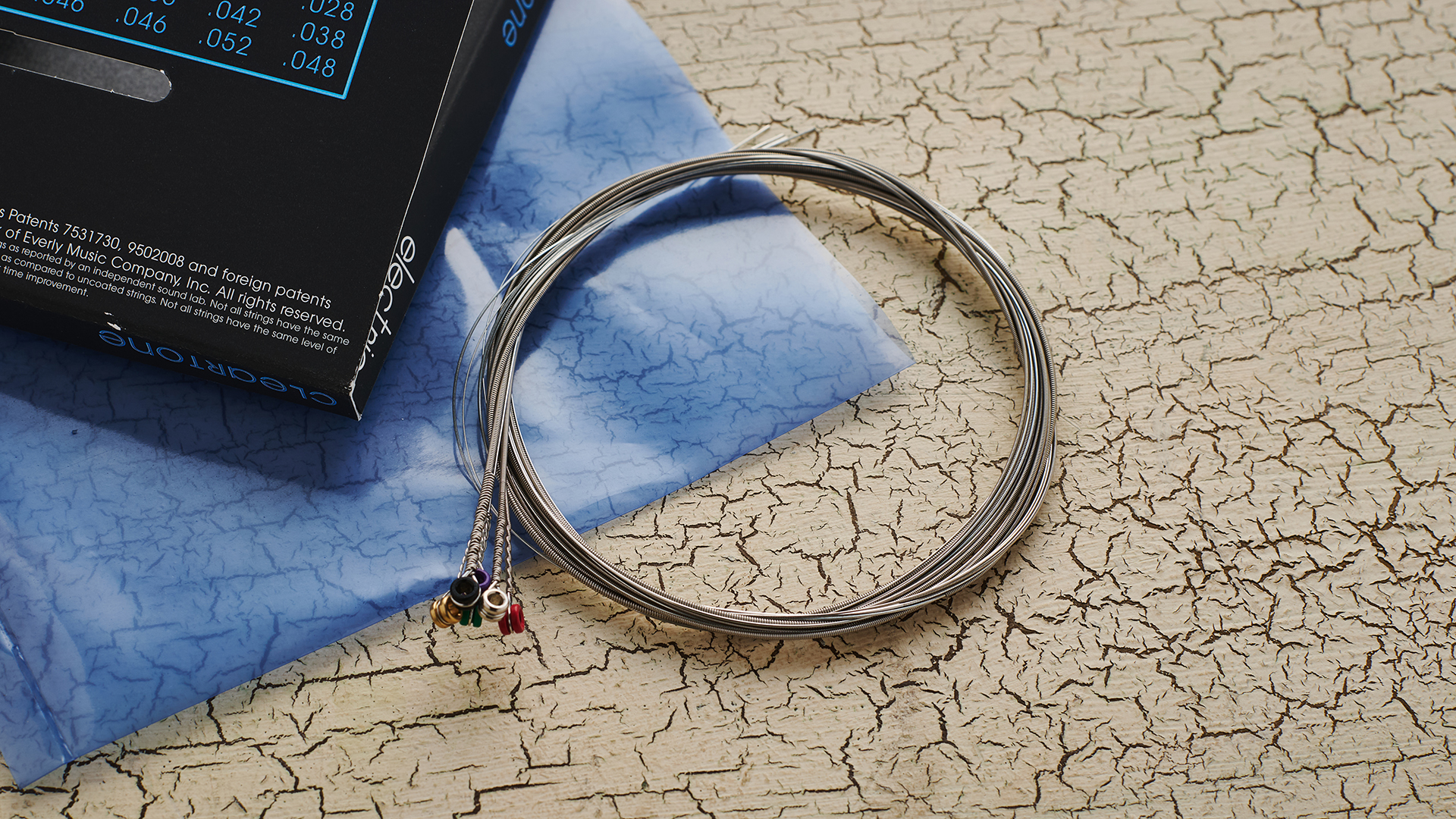
When it comes to choosing guitar strings, it is often difficult to discern what may be better from the blurb alone. Brands make quite similar claims of "better" and "longer" despite their differences in string construction and materials, so there is no substitute for getting your hands on some and giving them a go. I can't recommend the value of trying different brands and gauges with guitar strings, and even plectrums, enough.
From my experience with this Cleartone set, the consistency between the tone I got from the moment I put the strings on, to the tone present two weeks later, is the highlight here. Couple that with a feel that isn’t any different from a set of ‘normal’ strings, and it makes these worth a try if you're in the mood for some experimentation.
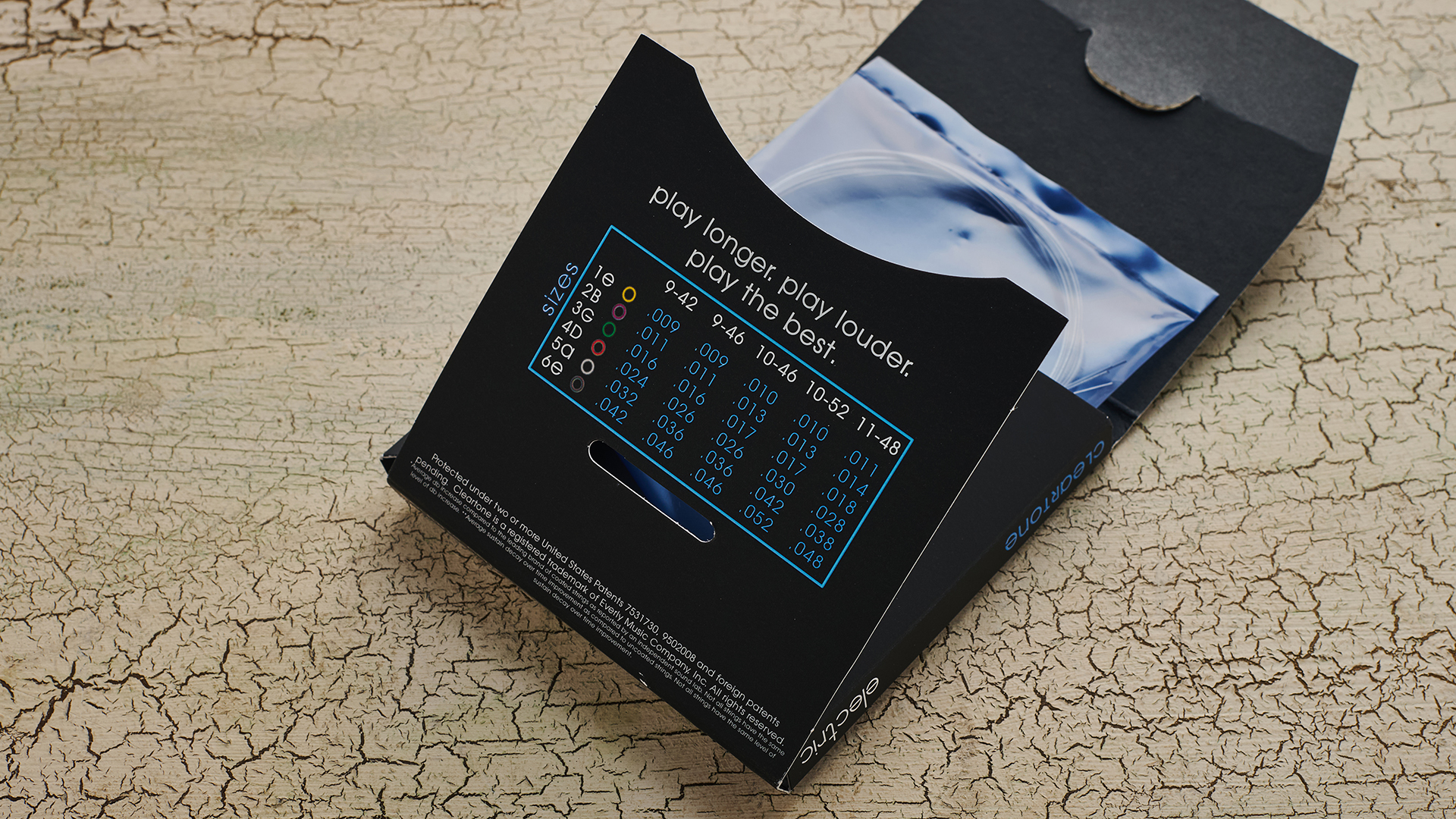

You must confirm your public display name before commenting
Please logout and then login again, you will then be prompted to enter your display name.
